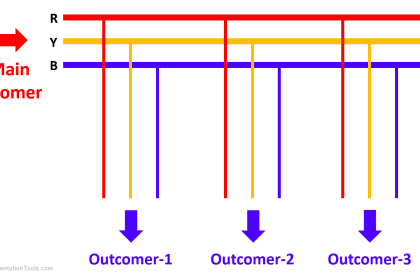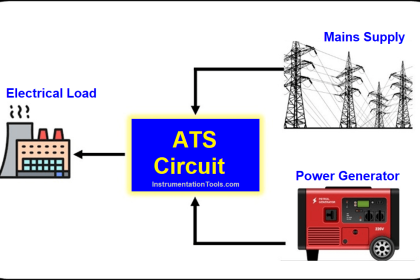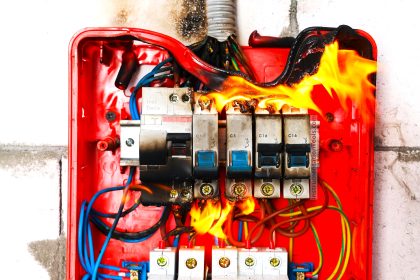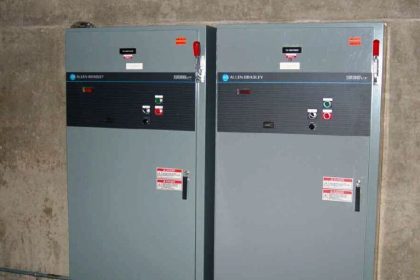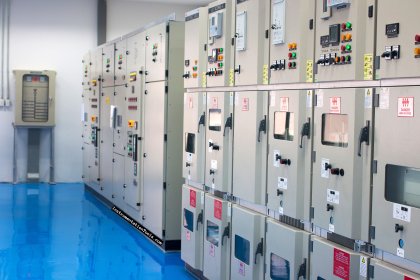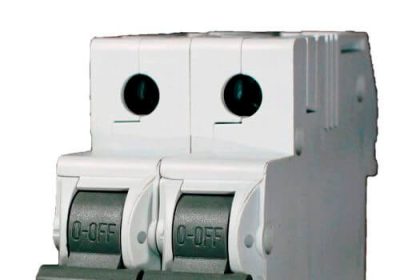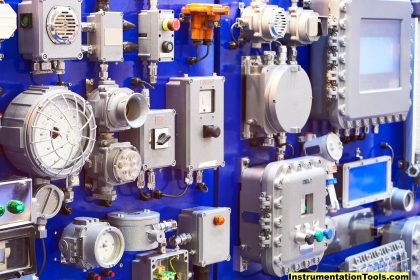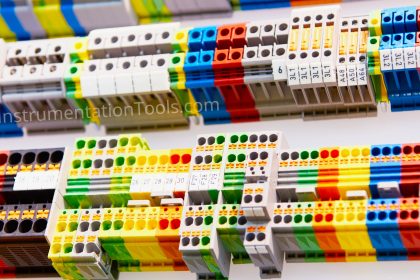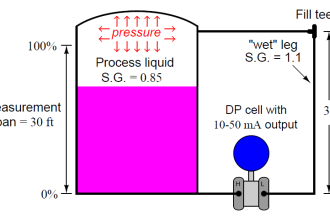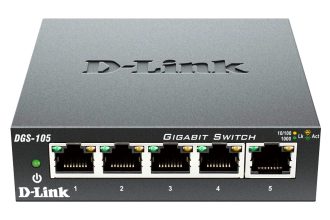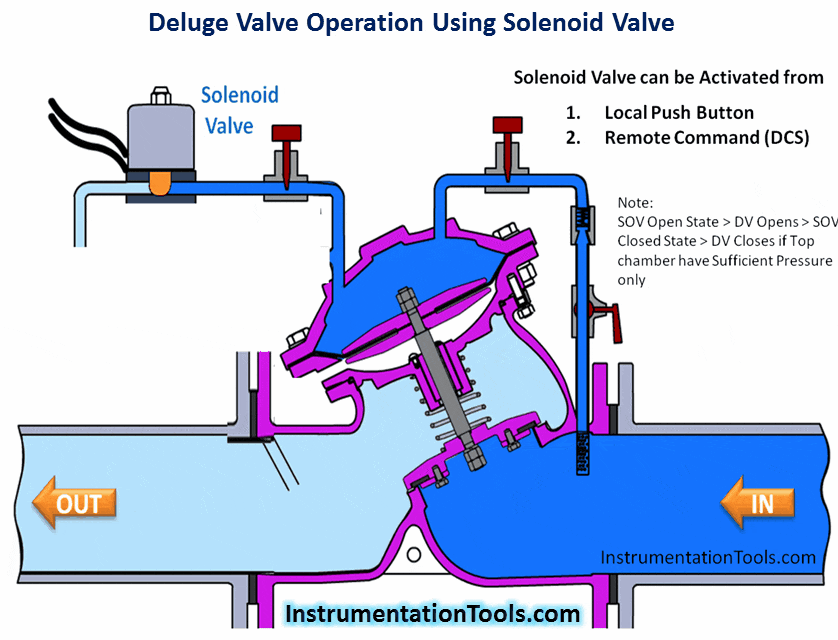Learn the comparison of electrical protection relays with brief details such as function, application, advantages, and disadvantages.
The electrical protection relays play a critical role in electrical systems by monitoring various parameters and ensuring system safety by triggering corrective actions such as circuit isolation or alarm activation.
Electrical Protection Relays
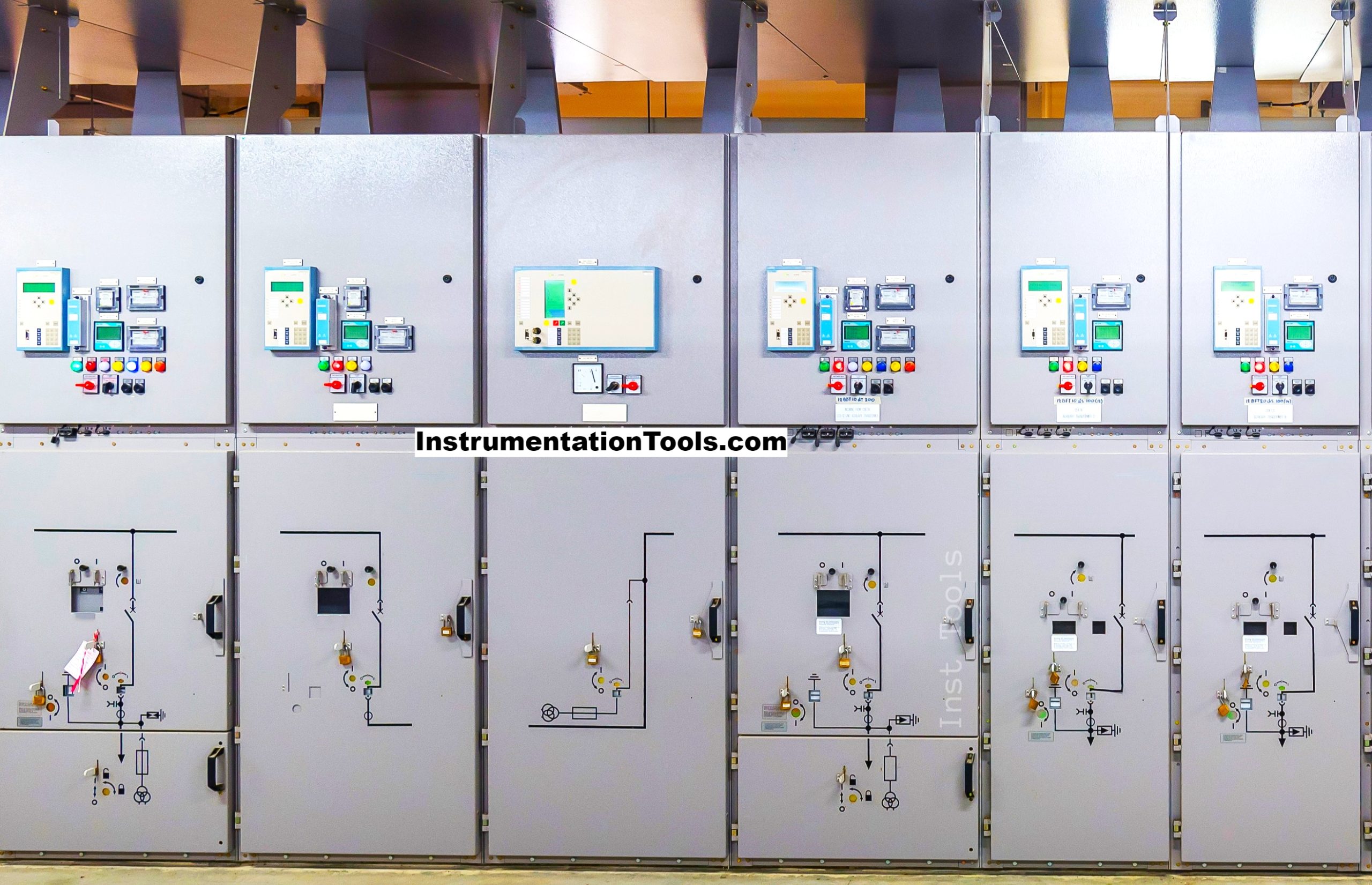
The field of electrical and electronics engineering often encounters different types of protection relays, each designed to serve specific purposes.
In this article, we will discuss the following types of electrical protection relays.
- Overcurrent Relay
- Differential Relay
- Distance/Impedance Relay
- Earth Fault Relay
- Voltage Relay
- Frequency Relay
- Reverse Power Relay
- Thermal Relay
- Motor Protection Relay
- Directional Relay
- Synchronizing Relay
- Reclosing Relay
Comparison of Protection Relays
In the below table, you can easily learn the different types of protection relays with brief details such as function, application, advantages, and disadvantages.
| S.No. | Protection Relays | Function and Application | Advantages | Disadvantages |
|---|---|---|---|---|
| 1 | Overcurrent Relay | Monitors current levels and isolates the circuit if current exceeds a predetermined limit. | Simple, cost-effective, and widely applicable. | Slower operation and limited to overcurrent protection. |
| 2 | Differential Relay | Compares current entering and exiting a system component to detect internal faults. | High sensitivity and speed for internal fault detection. | Complex setting and limited to specific portions of a system. |
| 3 | Distance/Impedance Relay | Monitors the impedance (voltage/current ratio) between the relay and potential fault point. | Can provide zone-wise protection and useful for long transmission lines. | Sensitive to system parameters like load, leading to incorrect operations. |
| 4 | Earth Fault Relay | Detects earth faults in a system by monitoring residual or zero-sequence currents. | Quick and reliable earth fault detection. | May require separate overcurrent protection and can be sensitive to CT (Current Transformer) inaccuracies. |
| 5 | Voltage Relay | Activates upon detecting under-voltage or over-voltage conditions. | Simple design and effective in protecting against voltage irregularities. | Cannot differentiate between load-related and fault-related voltage changes. |
| 6 | Frequency Relay | Monitors the frequency of the electrical system and acts if it goes beyond set limits. | Useful for generator protection and maintaining system stability. | Not effective against other types of faults and might require coordination with other relays. |
| 7 | Reverse Power Relay | Monitors the direction of power flow, mainly used in generator protection. | Helps in avoiding motoring action of generators. | Limited application and generally used in conjunction with other protection methods. |
| 8 | Thermal Relay | Protects motors and transformers from overheating by monitoring temperature or thermal capacity. | Effective in protecting equipment against thermal damage. | Response time may be longer, and it cannot provide protection against fast-developing faults. |
| 9 | Motor Protection Relay | A specialized relay providing multiple protections like overcurrent, under-voltage, and phase imbalance for motors. | Comprehensive protection for motors with features like auto-reset. | More complex and expensive compared to simpler relays. |
| 10 | Directional Relay | Functions like an overcurrent relay but considers the direction of the current flow. | Useful in complex networks where current direction is important for fault identification. | Requires correct phasing and is sensitive to system configurations. |
| 11 | Synchronizing Relay | Ensures that two AC generators or an AC generator and a utility can be synchronized safely. | Enhances system reliability and allows for generator paralleling. | Complex settings and usually applicable only to specific synchronization scenarios. |
| 12 | Reclosing Relay | Automatically attempts to close a breaker after it has been opened due to a fault. | Improves system reliability by enabling quick recovery from temporary faults. | Not suitable for permanent faults, and multiple attempts can worsen the fault. |
The selection of the right type of protection relay often depends on various factors, including the kind of equipment being protected, the nature of the electrical network, and the specific types of faults that are likely to occur.
If you liked this article, then please subscribe to our YouTube Channel for Electrical, Electronics, Instrumentation, PLC, and SCADA video tutorials.
You can also follow us on Facebook and Twitter to receive daily updates.
Read Next:
- Single Core and Multi-Core Cables
- Difference Between HV and LV Cables
- Types of Cables in Industrial Automation
- Instrumentation Cables Testing Steps
- Flame Resistant and Retardant Cables
